Ethnic Uzbeks in southern Kyrgyzstan are reportedly suffering from problems with the education system, including that Uzbekistan has switched to the Latin alphabet but Kyrgyzstan has not.
Kyrgyzstan is home to more than 766,000 ethnic Uzbeks out of an overall population of roughly 5 million, according to figures compiled by the State Statistics Committee. Although their numbers are slowly declining, Uzbeks remain the largest minority group in the country. Today, there are just 14 Uzbek language schools in Osh, compared with 21 in 1991….
A shortage of Uzbek-language textbooks and teaching materials constitutes another large obstacle. Many children in Uzbek-language schools must use textbooks that were published in Uzbekistan during the Soviet era. “The situation [became] complicated after Uzbekistan changed from using Cyrillic and started using the Latin [alphabet] in 1993,” explained Erkin Bainzarov, the editor of the Uzbek section of the Osh Shamy (“Evening Osh”) newspaper. “As a result, Kyrgyzstan’s Uzbek schools were forced to stop using textbooks published by Tashkent,” and must rely on antiquated materials. Teachers in Kyrgyzstan have not adapted to the Latin alphabet.
To help, the Kyrgyz-Uzbek University, the only university in the country to provide instruction in Uzbek, established a Textbook Development Center in 1997 with the help of Batyrov’s Friendship of Peoples University in Jalalabad.
“Since Uzbekistan switched to Latin, we started developing our own [Uzbek] textbooks [written in Cyrillic],” said Tursunbai Kamilov, the director of the center. “Since 1997, we have developed a set of seven textbooks for the primary school and 20 textbooks for secondary and high schools.” Yet more is needed. Kamilov says that due to inadequate financing, Uzbek schools only have 34 percent of the textbooks they need.
Some representatives of the Uzbek community say that if current trends persist, southern Kyrgyzstan’s Uzbek-language educational structure could experience a complete collapse. “We have to maintain our schools, and have our children go to Uzbek language schools to preserve our language, culture and identity,” said Khalturaev, the school principal.
source: Kyrgyzstan: Uzbeks in Southern Regions Wrestle with Cultural Dilemma, Eurasianet, October 27, 2009
further reading:
- Kyrgyzstan won’t switch to Roman alphabet yet: report, Pinyin News
- Kyrgyzstan may join trend, adopt the Roman alphabet, Pinyin News
- Kazakhstan plans switch to Latin alphabet, Pinyin News

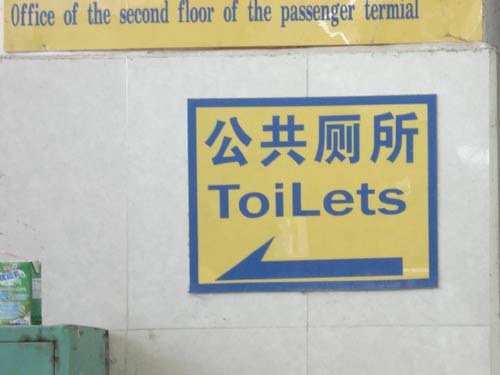
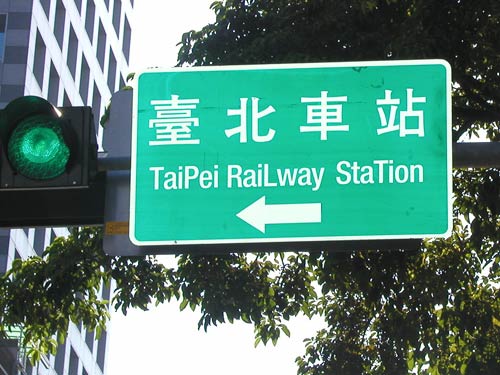
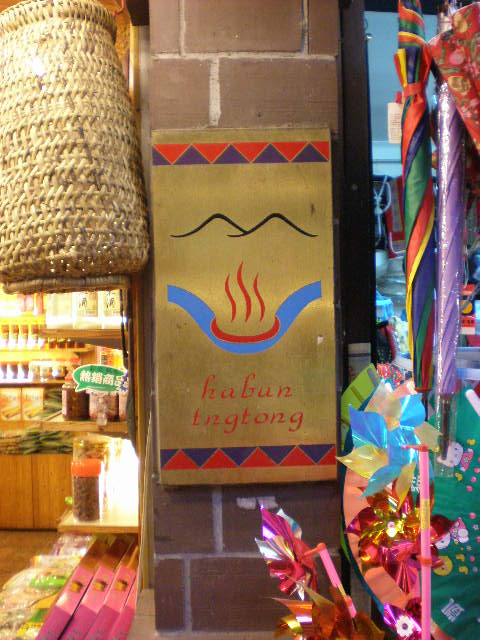
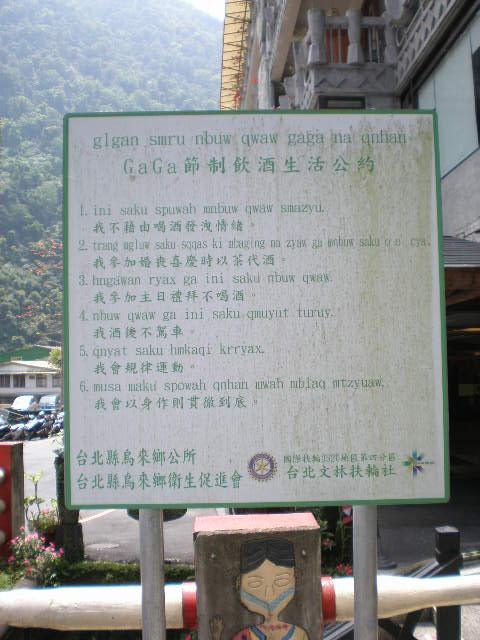
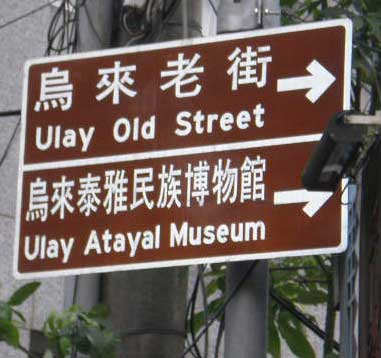
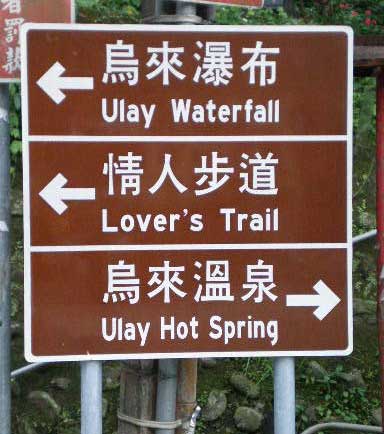
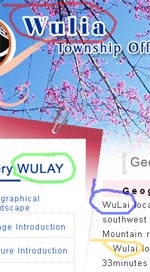
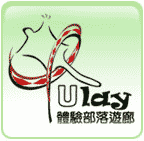
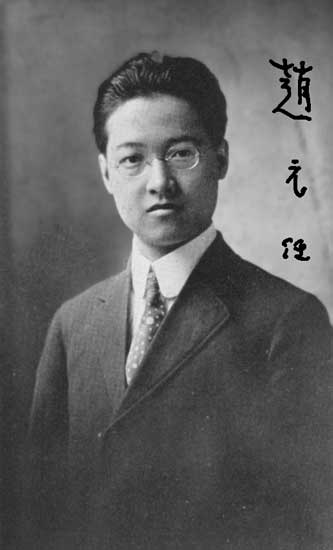 Pinyin.Info has a new reading:
Pinyin.Info has a new reading: 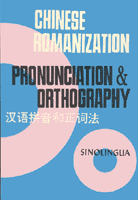 The latest excerpt from Yin Binyong’s book on Pinyin orthography covers
The latest excerpt from Yin Binyong’s book on Pinyin orthography covers